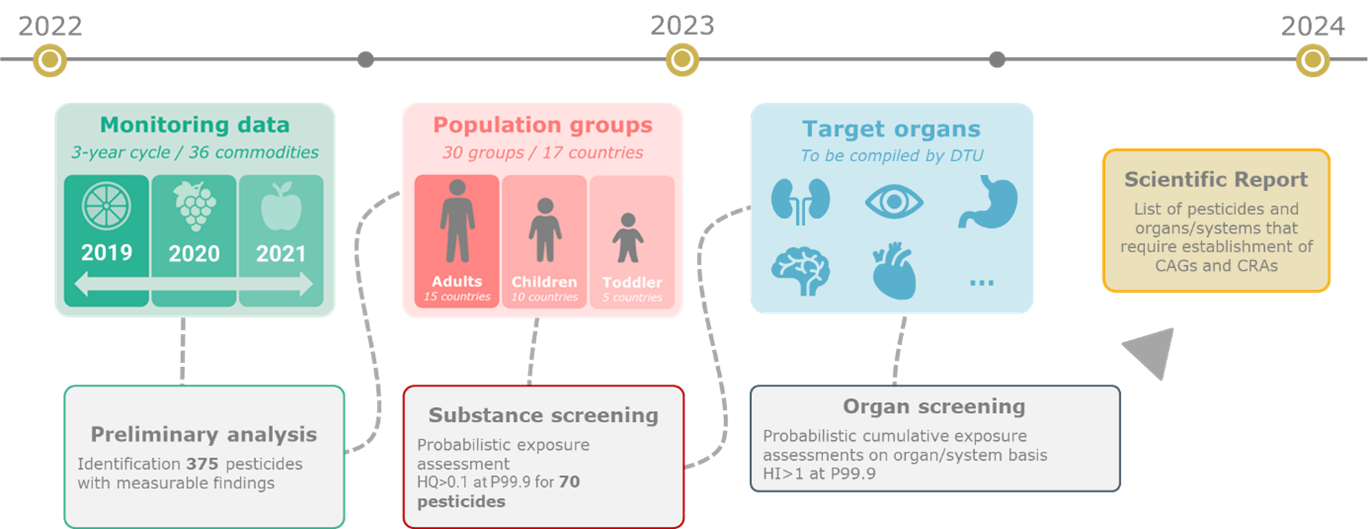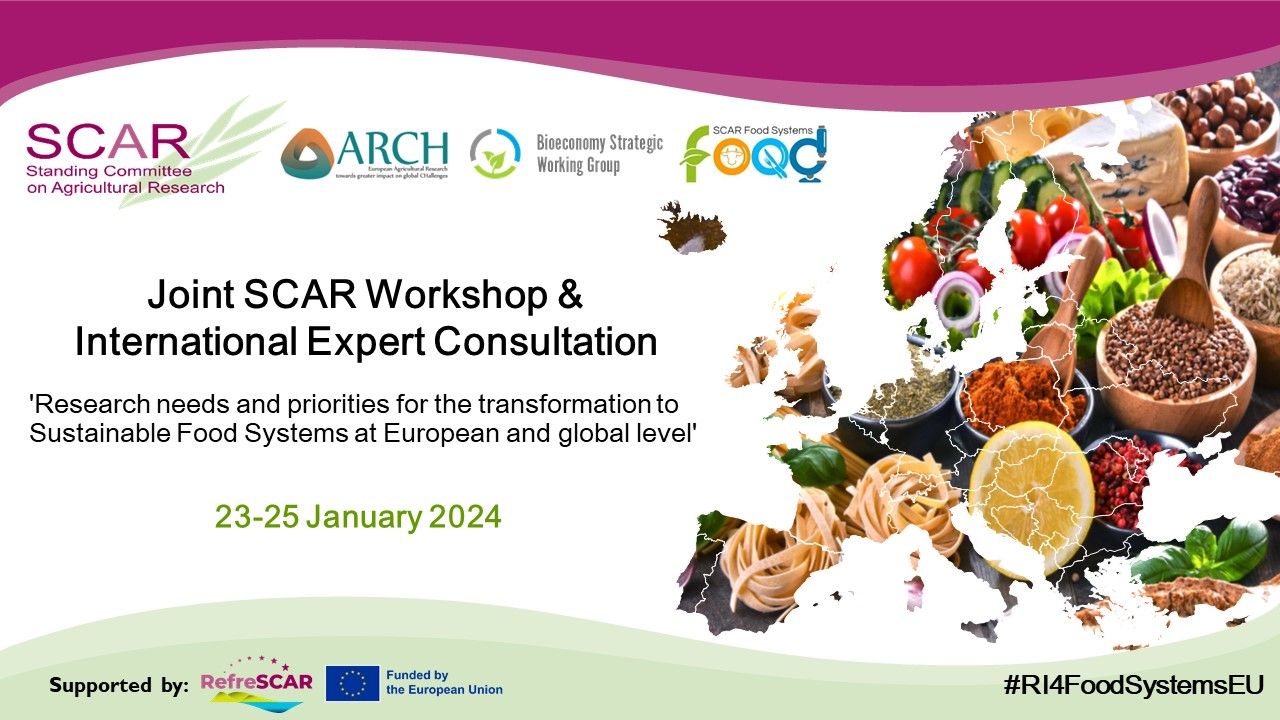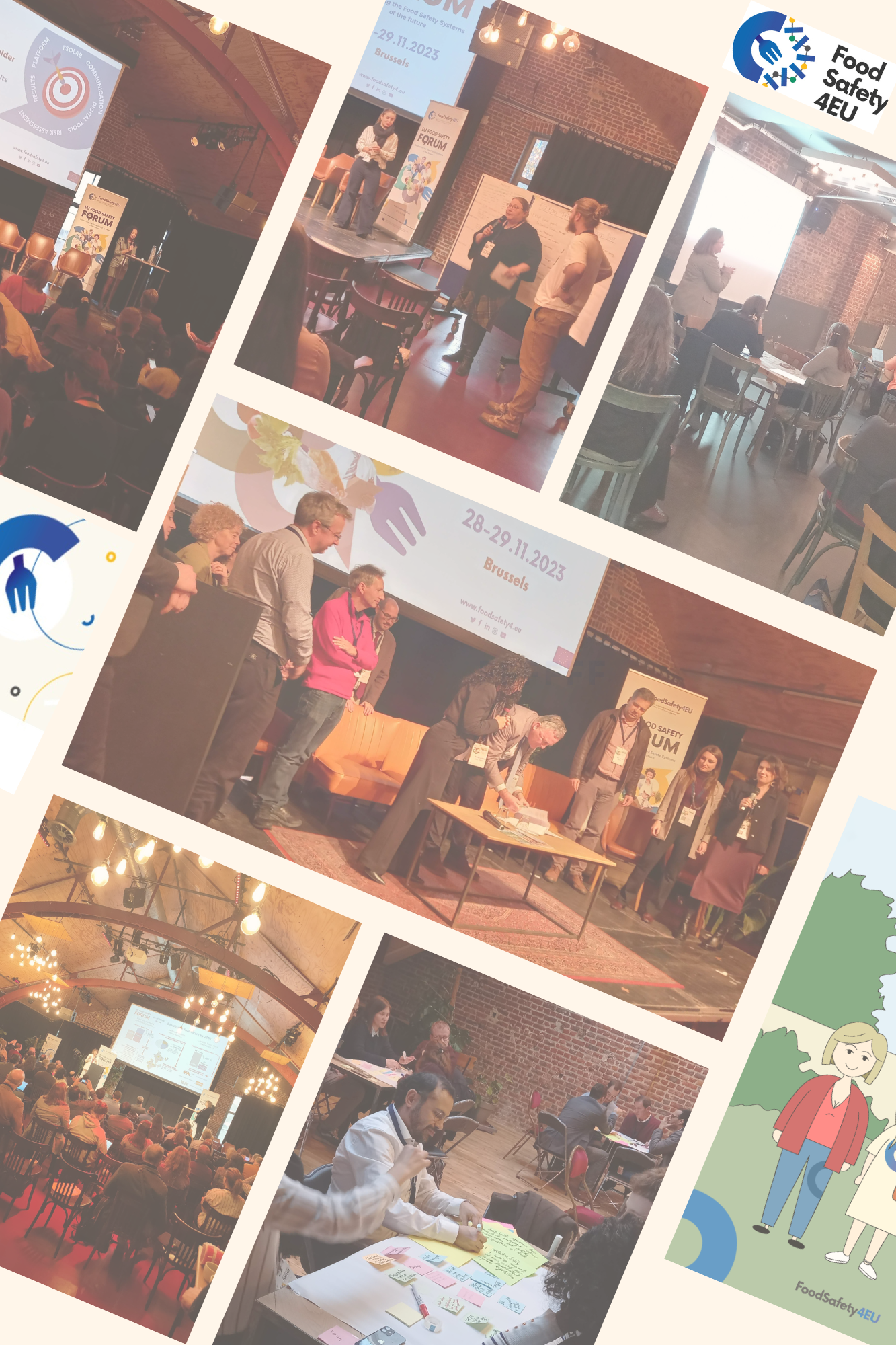Towards AI-driven emerging Risk Assessment: a multi-stakeholder perspective

With the increasing complexity of global food systems, emerging risks in food safety demand more sophisticated approaches. Artificial Intelligence (AI) is transforming the field, and, although still emerging, is set to play a critical role in the EU’s food safety systems.
The EU’s FoodSafety4EU and HOLiFOOD projects highlight AI’s potential in predictive risk analysis, digital platform co-design, and fostering a culture of data sharing among stakeholders. By exploring technical, legal, educational barriers and enabling factors, as well as by piloting co-developed solutions, these projects are paving the way for a safer, more resilient food supply chain.
The results achieved so far and the way forward were presented at the EFSA AI Symposium on Data Readiness on Artificial intelligence, held in Parma on October 23 and 24, 2024.
A Multi-Stakeholder Collaborative Framework
FoodSafety4EU and HOLiFOOD employ a “living lab” approach, where AI capabilities are co-developed across various multi-stakeholder participatory workshops. This collaborative model connects and engages with experts from diverse sectors, advancing risk assessment by incorporating cross-disciplinary insights and fostering innovations in AI and machine learning (ML).
The FoodSafety4EU Strategic Research and Innovation Agenda (SRIA), as a result of one of these living labs, emphasizes AI’s transformative potential for real-time and anticipatory risk management. It envisages priority research needs to provide food business operators (FBOs) and authorities with the tools necessary for transparent, adaptive food safety protocols.
The ongoing living labs in the HOLiFOOD project are driving a multi-actor co-design approach on AI-related food safety topics, namely i) AI-driven emerging risk identification, ii) holistic risk assessment and acceptance and iii) AI-driven digital platform codesign. Through AI-driven data collection and advanced modelling, these living labs target challenges such as environmental contaminants, microbiological hazards, and climate-driven shifts in foodborne risks.
Future Directions: enablers and challenges in trusted AI development
AI’s role is as effective as the trust it garners from stakeholders. Critical enablers include harmonized legislation for data sharing, user-friendly interfaces, and infrastructure that ensures data accessibility. The EU is urged to streamline policies that facilitate safe data flows while respecting GDPR and data protection laws.
As we move towards integrating AI into everyday food safety practices, ongoing research emphasizes priority risk areas, including pesticide contamination, microbial hazards, and environmental contaminants. Recognizing the nuances of these risks, especially in light of climate change, will require both robust AI-driven data models and a balanced approach to communicating risks to the public and industry players alike.
Find the poster here
Latest Articles

Towards AI-driven emerging Risk Assessment: a multi-stakeholder perspective
The EU Food Safety Platform: a journey from Bari to Brussels and beyond

Towards holistic, AI-driven emerging risk assessment: catching stakeholders’ needs in Living Labs

Protecting public health: understanding the importance of cumulative risk assessment of pesticides

SCAR consultation workshop on Sustainable Food Systems: highlights from EU FOOD SAFETY PLATFORM

Pioneering advances in the EU Food Safety System: highlights from the first EU Food Safety Forum



